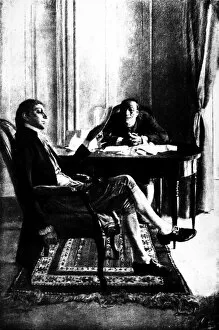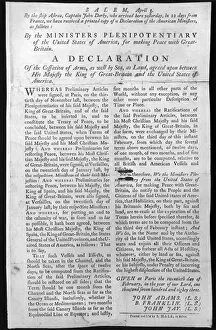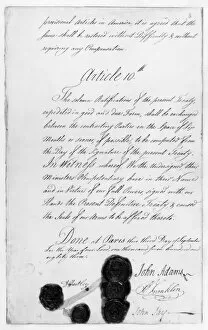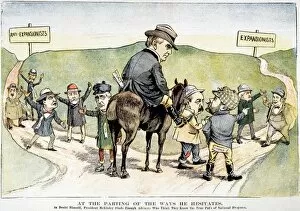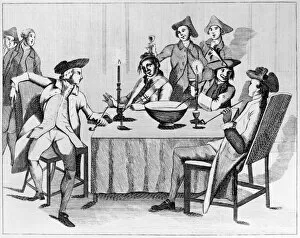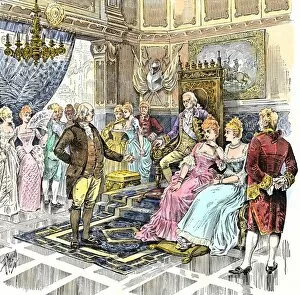Treaty Of Paris Collection (#2)
"The Treaty of Paris: A Historic Turning Point in Global Diplomacy" In the early hours of (PREV2A-00090), a series of signal-fires blazed across the American colonies
For sale as Licensed Images
Choose your image, Select your licence and Download the media
"The Treaty of Paris: A Historic Turning Point in Global Diplomacy" In the early hours of (PREV2A-00090), a series of signal-fires blazed across the American colonies, marking the end of the Revolutionary War. This momentous event would forever be etched in history as it led to the signing of one of the most significant treaties ever known – The Treaty of Paris. Fast forward to June 1919, and another Treaty of Paris was signed, this time marking the partitioning of Europe after World War I. With an unknown creator capturing this pivotal moment on canvas, we catch a glimpse into a world reshaped by conflict and diplomacy. Amongst those who played key roles in shaping these treaties was Klemens Wenzel, Prince von Metternich. His portrait reminds us that behind every treaty lies individuals with immense influence and power. The surrendering of Mauritius Isle to British forces in 1810 is depicted through illustrations from various sources. These images serve as reminders that treaties often involve territorial exchanges and shifts in global power dynamics. Alexander I's Peace of Paris glass artwork showcases how artistic expressions can capture historical events for posterity. It symbolizes Russia's role in negotiating peace during turbulent times. Fireworks illuminating Hotel de Ville celebrate yet another peace agreement – The Peace of Versailles. Such grand displays remind us that treaties are not only about politics but also about bringing joy and relief to war-weary nations. Turning our attention back to America, we find ourselves looking at its first national map from 1784. This hand-colored engraving serves as evidence that even young nations require diplomatic agreements to establish their borders and assert their sovereignty. The entry procession depicting allied monarchs arriving in Paris after Napoleon's defeat highlights how international cooperation shapes post-war settlements. It demonstrates how multiple powers come together under one treaty for stability and order.

